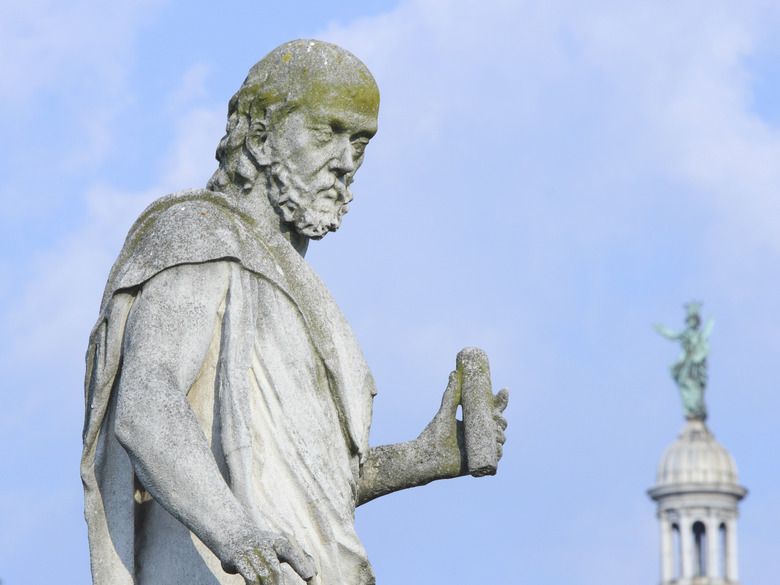Physical Address
Suite 5, 181 High Street,
Willoughby North NSW 2068
Physical Address
Suite 5, 181 High Street,
Willoughby North NSW 2068

Because science offers a way to answer questions about the cosmos in a clear, rational manner, with evidence to support it, a reliable procedure is necessary in order to obtain the best information. That procedure is commonly called the scientific method and consists of the following eight steps: observation, asking a question, gathering information, forming a hypothesis, testing the hypothesis, making conclusions, reporting, and evaluating.

The ancient Greek Aristotle was the first to propose observation and measurement as a method to gain knowledge about the world. In subsequent centuries thinkers would refine these ideas, notably the Islamic scholar Ibn al-Haytham, who developed an early form of the scientific method, and Galileo, who stressed the importance of testing for variables in experiments.

The first step of the scientific method is the observation of a phenomenon, which results in the second step: the question of why said phenomenon occurs. After gathering a sufficient amount of appropriate information on the subject at hand, a hypothesis (educated guess) can be formulated.

The hypothesis must then be tested by conducting an experiment, which should prove whether the guess is true or false. To make sure that any resulting data will be accurate, the experiment should be repeated several times, taking variables into account.

Only once the resulting data has been analyzed can a conclusion be drawn. Even once a conclusion is made, it should be reported, after which point it will be necessary to evaluate the conclusion by looking for any potential errors in the procedure and determining a follow-up question to find out more about the phenomenon.

Sometimes the continued inspection of a phenomenon through new observations and experiments can result in the development of a theory, which can be applied to other unrelated areas but may be changed if new evidence surfaces. A theory can become a law when it is universal and cannot be changed over time.